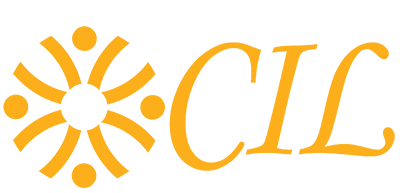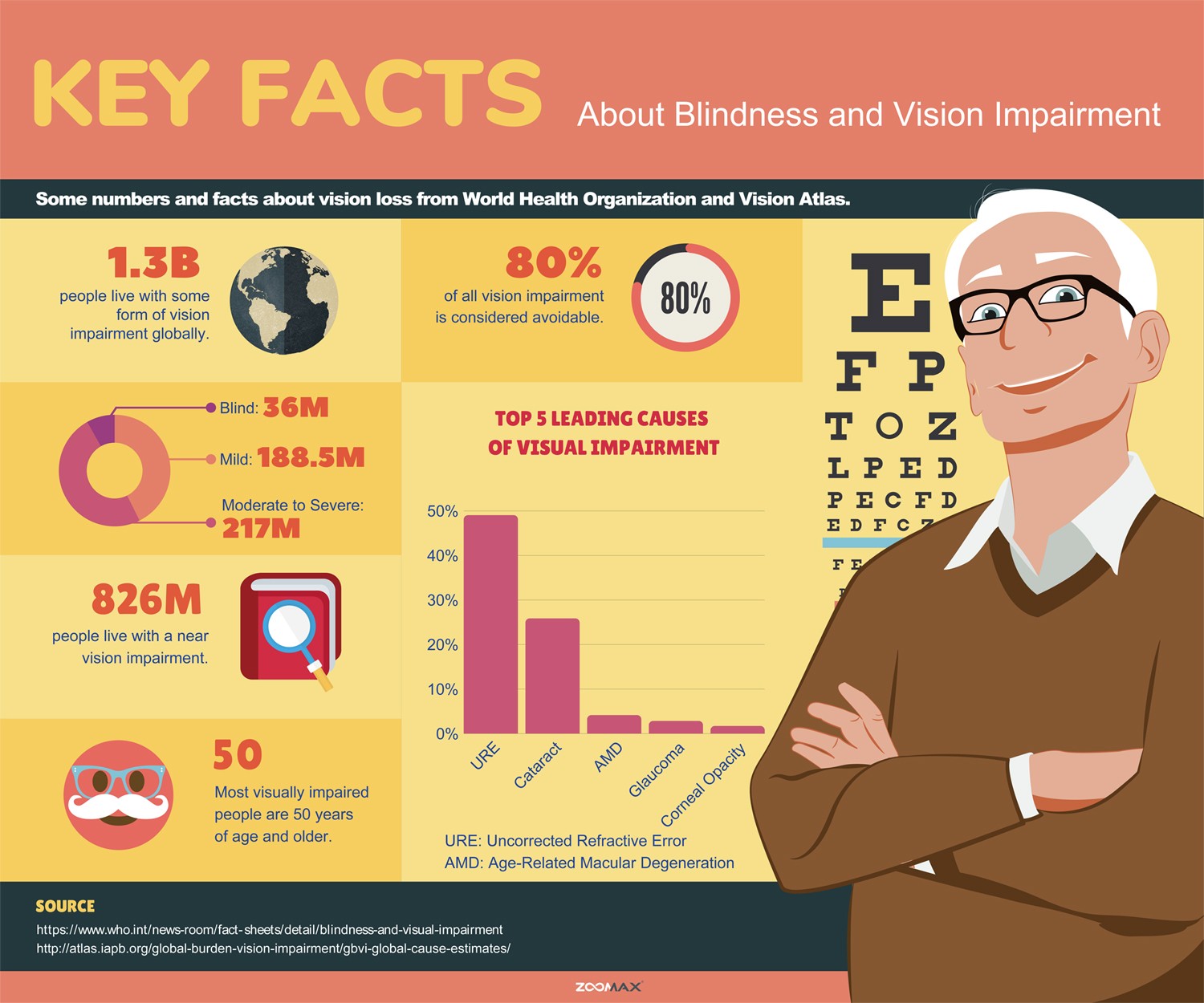
Written by Golda Kelli Ryan
As we continue to celebrate National Disability Employment Awareness Month, we aim to expand awareness and provide useful tools! Do you ever feel overwhelmed when preparing for a job interview? Going on an interview can be stressful, and it can be even more stressful for someone with a disability. There is no doubt that everyone gets nervous and second guesses themselves in the days leading up to an interview, but individuals with disabilities need to prepare for things like accessible accommodations and making sure recruiters are aware of what makes them qualified and unique candidates. A well-thought-out plan can help you handle these obstacles and ace your next job interview!
Prepare, because Practice Makes Perfect!
Get to know the job you’re applying for. Research the company and the job requirements. Once you have a better understanding of the position, become comfortable with discussing your strengths and characteristics that make you the ideal candidate. Ask a friend or family member if you can practice talking about your skills. The more you practice, the more confident you will feel on interview day.
If you become overwhelmed in the process, remind yourself of this tip from Stephen Hawking:
“My advice to other disabled people would be, concentrate on things your disability doesn’t prevent you from doing well and don’t regret the things it interferes with.”
Look Into The Interview Location’s Accessibility
Creating a list of questions concerning location accessibility before your interview will help ease your stress. Don’t be afraid to ask if the employer has not informed you of it.
Invacare recommends you think about these questions when you’re making your location accessibility list.
✅ Do they have any steps that would block a wheelchair?
✅ How far is the interview room from the carpark, and do they have disabled parking spaces?
✅ Is there an accessible bathroom?
✅Are guide dogs welcome, and is there a hearing loop in the building or interview room?
What To Wear To Dress For Success
Don’t worry, your professional clothing does not have to be brand new or expensive.
Dress for success by wearing work-appropriate professional clothing. Wear an outfit that reflects your professionalism and respect for the organization.You will naturally feel more comfortable and confident during the interview when you dress the part.
Wear a dress or a button-down shirt, dress pants, and formal shoes.
Avoid casual attire, jeans, t-shirts, sneakers, or flip flops.
What Documents Should You Bring To Your Interview
Bring a copy of your resume, a notepad, and a pen. These things are great for taking notes during the interview. If the employer requests additional documents, such as a CV or references, be sure to bring those with you, too.
The Interview
It is important to arrive ten minutes early in order to make a good first impression. Showing up early is a great way to also show your professionalism to a potential employer. Before you enter the building be sure to turn off your cell phone. It was reported in the 2017 Recruiter National Report 71% of employers would eliminate candidates who checked their phones at the interview.
During the interview, remember to focus on the strengths and characteristics that you practiced with your friend or family member before the interview. That’s where the preparation comes in handy.
If you become nervous about discussing your disability remember that you can choose whether or not to disclose your disability to the interviewer. There is no requirement for you to mention your disability, and interviewers may not ask about it.
After The Interview
Thank the interviewer and shake his hand again. It’s always a good idea to follow up with this employer when you get home. You will demonstrate good manners and prove you are serious about working for them. To show your appreciation for the time your interviewer spent with you, you can send a thank you note or email.
 Milan, 20, started his journey to the world of employment by joining one of our Career Camps in 2021. Through this camp, Milan was able to learn what it took to go from student to employee; developing soft job skills, building his resume, and understanding the characteristics of a successful employee. Milan’s Autism affects his life in a variety of ways-especially when it comes to his attention. While Milan considered this one of his weaknesses, through career camp he realized that his many talents and natural skills far outweigh this detail. After successfully completing camp at the end of 2021, Milan was ready to take the leap and start his job hunt… and that’s when he was guided to Rita’s Italian Ice by his case manager at CIL through the Aspire to Hire program.
Milan, 20, started his journey to the world of employment by joining one of our Career Camps in 2021. Through this camp, Milan was able to learn what it took to go from student to employee; developing soft job skills, building his resume, and understanding the characteristics of a successful employee. Milan’s Autism affects his life in a variety of ways-especially when it comes to his attention. While Milan considered this one of his weaknesses, through career camp he realized that his many talents and natural skills far outweigh this detail. After successfully completing camp at the end of 2021, Milan was ready to take the leap and start his job hunt… and that’s when he was guided to Rita’s Italian Ice by his case manager at CIL through the Aspire to Hire program. Rita’s Italian Ice, located in Lake Buena Vista, is owned by Chip and Andrew-two individuals who happen to have disabilities! While Rita’s Italian Ice is a franchise with many similarities, this location is unique in a very special way. Chip and Andrew know personally how difficult it can be for people with disabilities to find meaningful employment, so that’s why they have a hiring initiative to bring individuals with disabilities to join their team!
Rita’s Italian Ice, located in Lake Buena Vista, is owned by Chip and Andrew-two individuals who happen to have disabilities! While Rita’s Italian Ice is a franchise with many similarities, this location is unique in a very special way. Chip and Andrew know personally how difficult it can be for people with disabilities to find meaningful employment, so that’s why they have a hiring initiative to bring individuals with disabilities to join their team!




